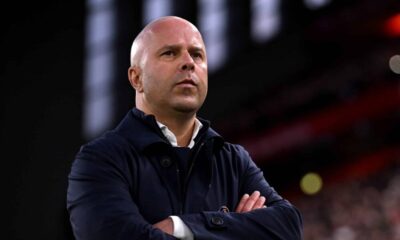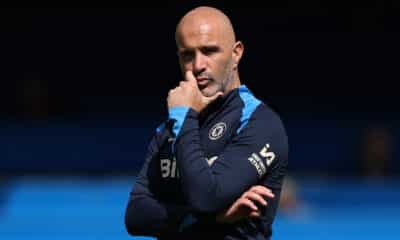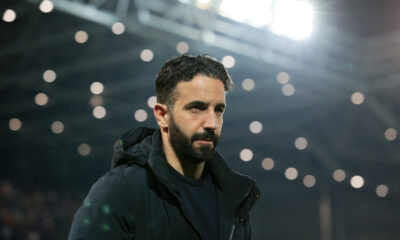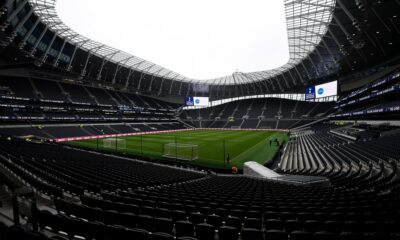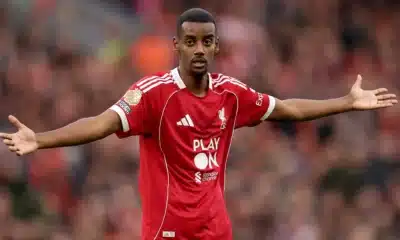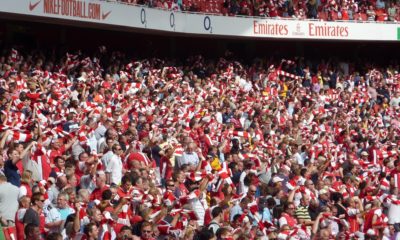Features
Moyes to Everton – Should Coaches Ever Go Back?
David Moyes isn’t the first to go back to an old haunt. Let’s see how some of his peers and predecessors have fared when they did the same.

Perhaps it’s fitting that in Everton’s final season at Goodison Park, the club’s most successful 21st-century manager has returned to the helm. The Sean Dyche era is over, and David Moyes is back in the Everton dugout. Dyche will leave with more thanks from the club’s fans than he got from its new owners – his style of football was never popular, but he at least managed to keep the Toffees in the Premier League in difficult circumstances – but it was unanimously felt and understood that a change was needed in order to reinvigorate the team’s flagging campaign. What’s old is new, and Moyes is once again the man.
According to popular received wisdom about relationships, one should never go back to an ex. Similarly, it’s often thought that footballers and managers should never return to their former clubs. The general feeling is that returns are always destined to become failed attempts to repeat the successes of the past, and that the task is always impossible because the past is inevitably viewed through rose-tinted glasses anyway.
There’s also the old Einstein argument that doing the same thing over and over again and expecting a different result is the definition of insanity. If a club goes back to an old manager, they can expect the same style and the same results just as surely as a gambler who keeps pumping the same bet into a slots machine and expecting the machine to change. If you want to get better results out of a sister sites casino, you generally have to vary the size of your bets. If you want to get different results out of a football team, you have to change the coach. Nevertheless, Moyes isn’t the first to go back to an old haunt. Let’s see how some of his peers and predecessors have fared when they did the same.
Mourinho’s Chelsea Malaise
When Jose Mourinho returned to Chelsea in 2013, just enough time had passed since his 2007 departure for everyone – the club’s board included – to forget why they had to sack him in the first place. However, the board had also had the chance to realise how good he was. Under Mourino, Chelsea won almost everything there was to win. Without him, they were starting to regress. Meanwhile, the Portuguese coach had gone on to win trophies and acclaim with Real Madrid and Inter Milan.
When Mourinho came back to Stamford Bridge, he made efforts to appear and sound older, wiser, and less cocky. He still had the Midas touch, though, and showed it with yet another Premier League title win in 2015. Things quickly went south after that, though. Chelsea began the next season atrociously, and Mourinho had high-profile fallings-out with star player Eden Hazard and, bizarrely, club physio Eva Carneiro. The reigning champions picked up just eleven points from their first twelve games of the season, and Mourinho was gone by Christmas.
Dalglish’s Lacklustre Liverpool
Looking at where Liverpool are now, it’s hard to imagine that they were barely more than mid-table fodder at the start of the previous decade. Appointing Roy Hodgson to replace the outgoing Rafa Benitez in July 2010 turned out to be a disaster, and the Anfield club was floundering. Hodgson was fired in January, but the Liverpool board followed one bad pick with another. Instead of turning to a modern coach, they opted for nostalgia and brought Kenny Dalglish out of retirement. Goodwill meant that he was given more time than Hodgson got, but results never really improved during the second reign of “King Kenny.”
Nobody would argue with what Dalglish achieved during his first tenure as Liverpool manager between 1985 and 1991, but a lot had changed in the twenty years since then, and Dalglish hadn’t managed a club since leaving Celtic in 2000. He looked, sounded and behaved like a clockwork man in a digital age, but a League Cup win in 2012 managed to paper over the cracks for long enough for him to depart with some dignity at the end of that season. Once he was gone, he went straight back into retirement and never left it again.
Keegan’s Newcastle Nuthouse
Kevin Keegan might not have won anything during his first term as Newcastle manager between 1992 and 1997, but he ran Manchester United close for the Premier League title in the 1995-1996 season, and he made the Magpies a fantastic team to watch. You never got the feeling that Keegan cared much for coaching his defence, but he knew how to get the most out of his forwards. Newcastle didn’t care about conceding goals in the 1990s – they were always certain that they were going to score more than their opponents anyway.
When Keegan was brought back in January 2008, it felt a bit like a PR exercise. Fans at St James Park had already begun to turn against Mike Ashley’s ownership of the club, so Ashley bringing in a local hero to replace the unpopular Sam Allardyce was a way of bringing the crowd back onside. The strategy might even have worked were it not for the fact that Keegan felt undermined by Ashley almost from the moment he walked through the door. Forced to accept the signings of players he’d never asked for and wary of what he felt was a series of unnecessary appointments in senior roles around him, Keegan quit in September 2008 and lambasted Ashley on the way out of the door. He won just six games during his disastrous second stint.
From the case studies above, the pattern always seems to be the same. The old coach comes back on a wave of nostalgia and goodwill, but old problems eventually resurface, and things turn sour. If given the option to make their choices again, we’re not sure that Mourinho, Dalglish, or Keegan would have opted to return to their former loves. It’s to be hoped for both David Moyes and the Everton fans who adore him that he’s able to buck this troubling trend. The club’s Premier League future may depend on it.



